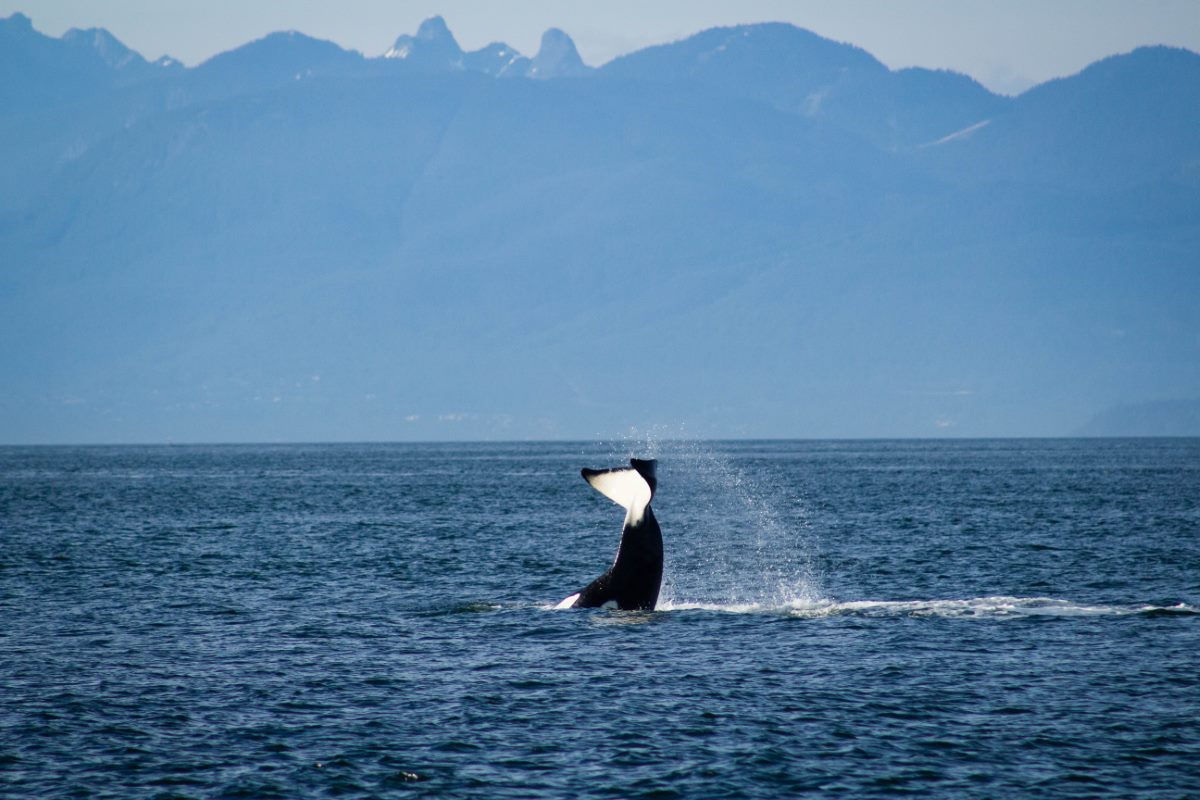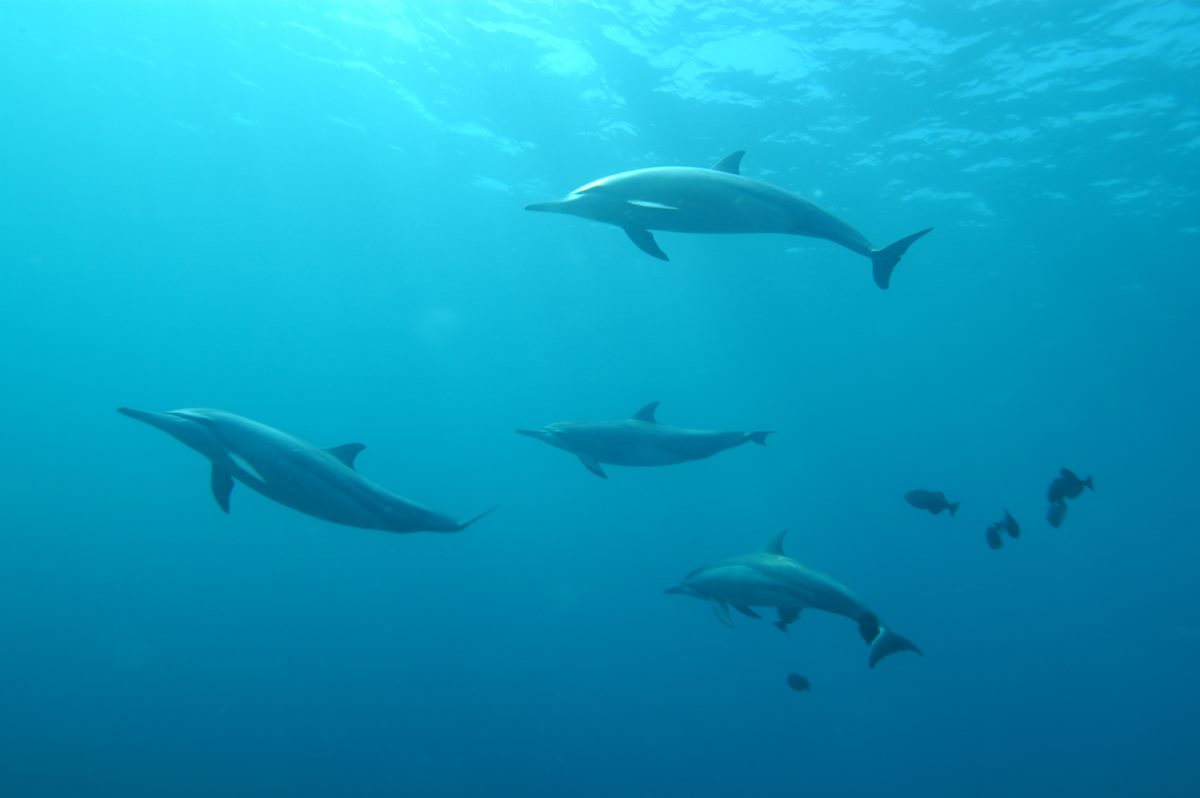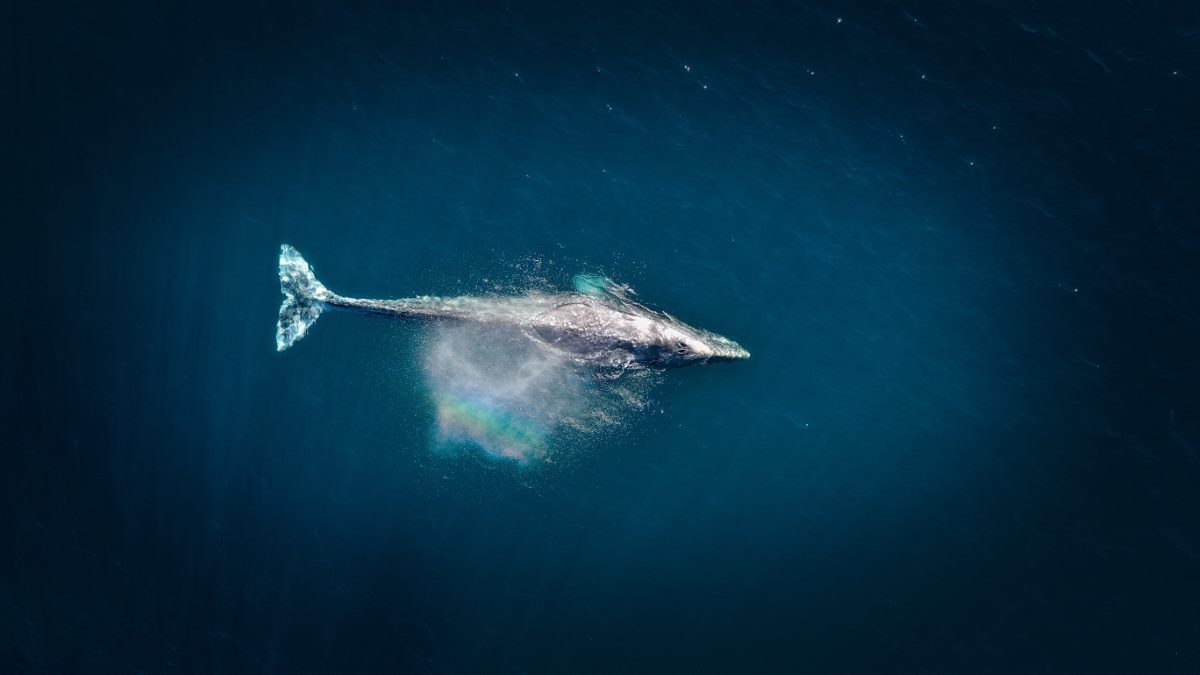Hobart, Tasmania is one of the most beautiful places in the world to go whale watching. The stunning coastline, crystal-clear waters, and abundance of marine wildlife make it a perfect destination for nature enthusiasts. If you’re looking for a truly unforgettable experience, watching whales in their natural habitat is a must-do activity. Sit back and relax as you witness these magnificent creatures breach and play. In this article, we’ll take a closer look at the best whale watching experiences in Hobart, the best time to go, and what you can expect to see on your tour. Get ready to embark on an unforgettable journey and make memories to last a lifetime.
The 3 Best Whale Watching in Hobart
- Bruny Island Sightseeing and Gourmet Tour from Hobart
- Full Day Maria Island Scenic Cruise Including Buffet Lunch and Guided Walk
- Full Day Bruny Island Tour from Hobart
The 3 Best Whale Watching in Hobart
1. Bruny Island Sightseeing and Gourmet Tour from Hobart

Explore the stunning Bruny Island on this full-day gourmet and sightseeing tour from Hobart. Enjoy a ferry ride to the island and look out for seals and penguins along the way. Take in the island’s natural beauty by visiting The Neck and Truganini Lookout and keep an eye out for wallabies and other wildlife. Indulge in the island’s food scene with tastings of delicious local produce like cheese, chocolate, oysters, and honey. Enjoy a mouth-watering lunch of slow-cooked lamb and seafood chowder, as well as seafood platters and more local foods. Your experience is completed with an exclusive group tour of Cape Bruny Lighthouse, the southernmost lighthouse in Australia. This tour is perfect for those who want to combine breathtaking views and delicious Tasmanian cuisine in one unforgettable experience.
2. Full Day Maria Island Scenic Cruise Including Buffet Lunch and Guided Walk

Experience the breathtaking scenery of the UNESCO-listed Maria Island and its surrounding isles on a full-day tour that includes a scenic cruise, a guided walk of the Darlington Convict Settlement, and the opportunity to see wildlife like fur seals and albatross. With live commentary throughout the tour, you’ll learn about the history and natural wonders of the area. Take advantage of the free time on Maria Island or join a history tour before enjoying a buffet lunch onboard the cruise. Optional hotel pickup and drop-off is available from Hobart for an additional fee. Don’t miss out on this unforgettable day exploring one of Tasmania’s most beautiful destinations.
3. Full Day Bruny Island Tour from Hobart

Experience the stunning natural beauty of Bruny Island on a full-day tour from Hobart. This tour offers a unique opportunity to admire the island from both land and sea, including a 3-hour eco-cruise that takes you along the rugged coastline and deep sea caves. Keep an eye out for native wildlife like dolphins and fur seals on your cruise. Enjoy morning tea with freshly baked muffins and a soup and gourmet sandwich lunch on the island. Plus, ferry transport, air-conditioned vehicle, and hotel pickup and drop-off are all included. The meeting point is at Franklin Wharf. Don’t forget to bring your camera to capture all the great photo opportunities!
Everything You Need to Know About Whale Watching in Hobart
Whale watching is becoming increasingly popular in Hobart, Tasmania, and it’s no surprise why. With its stunning coastline and thriving wildlife, Hobart is the perfect place to see these magnificent creatures up close. If you’re thinking about going whale watching in Hobart, you probably have some questions. In this blog post, we’ll answer some of the most frequently asked questions about whale watching in Hobart.
Where is the Best Place to Go Whale Watching in Hobart?
The best place to go whale watching in Hobart is at the entrance to the Derwent River. From here, you can see humpback and southern right whales during their migration season, which lasts from May to November. You’ll typically have the best chance of spotting these whales during the first and last hours of daylight.
What Types of Whales can be Seen in Hobart?
In Hobart, you can see humpback, southern right, and orca whales throughout the year. Humpback whales are the most commonly seen during their migration season, while southern right whales tend to stick close to the shoreline. Orca whales are less commonly seen but can be spotted in the area from time to time.
What Should I Bring on a Whale Watching Tour in Hobart?
When going whale watching in Hobart, it’s important that you bring the right gear. Here are some things you should consider bringing:
- A camera or binoculars to help you spot and capture the whales
- Warm clothing, as it can get chilly on the water
- Sunglasses and a hat to protect you from the sun
- Sunscreen to protect your skin from the sun
- Flat, comfortable shoes with good grip to avoid slipping on the boat
When is the Best Time to go Whale Watching in Hobart?
The best time to go whale watching in Hobart is during the southern hemisphere winter, between May and November. This is when humpback and southern right whales are migrating through the area. Remember that whale watching is a nature-based activity and conditions can vary from day to day.
Are There any Age or Weight Restrictions for Whale Watching Tours in Hobart?
Most whale watching tours in Hobart do not have age restrictions, but they may not be suitable for very young children or people with back or neck problems. There are also weight restrictions on some boats, so it’s important to check with the tour operator before booking if you have any concerns.
What Happens if We Don’t See any Whales on the Tour?
There’s no guarantee that you’ll see whales on a whale watching tour, as these are wild animals that cannot be controlled. However, most reputable tour operators offer a “whale sighting guarantee,” which means that if you don’t see any whales on your tour, you can come back for another tour free of charge.
Can I Take a Whale Watching Tour if I’m Pregnant?
If you are pregnant, it’s important that you check with your doctor before going on a whale watching tour. The motion of the boat can be uncomfortable for some pregnant women, and it’s always better to err on the side of caution.
What Should I Do if I Get Seasick?
If you’re prone to seasickness, make sure to take medication before heading out on your whale watching tour. You can also bring ginger, which is a natural remedy for nausea. If you do start feeling seasick during the tour, try to focus on the horizon or take deep breaths to alleviate your symptoms.
Can I Take Photos of the Whales?
Yes, you can take photos of the whales on your whale watching tour. However, it’s important that you follow the guidelines set out by the tour operator. For example, you may not be allowed to use flash photography or to get too close to the whales.
Are Whale Watching Tours in Hobart Environmentally Responsible?
Most whale watching tours in Hobart are environmentally responsible and follow strict guidelines to ensure that they are not disturbing the whales. These guidelines include keeping a safe distance from the whales and turning off the boat engine when near them. It’s important that you choose a reputable tour operator that follows these guidelines.
How to do Whale Watching in Hobart
Whale watching in Hobart is a sought-after activity among tourists who want to experience nature up close. Hobart, the capital city of Tasmania, offers a unique opportunity to watch humpback, Southern right, and killer whales in their natural habitat. Hobart has many whale-watching tours available, and each can give you a unique experience.
Step 1: Plan your Whale Watching Trip
Before you start your trip, it is essential to plan it properly. You need to consider different factors like weather conditions, the best season to visit, and tour timings. Here are some tips to help you plan your whale watching trip in Hobart:
- Choose the best season: The best time to visit Hobart for whale watching is from June to September. During this time, the whales migrate to warmer waters.
- Research your options: There are many whale watching tours available in Hobart. Do some research and pick the one that suits your requirements.
- Book your tour in advance: Booking your tour in advance is advisable as they can get full quickly, particularly during peak season.
- Check the weather: Hobart’s weather is unpredictable, and it can impact your tour. Make sure to check the weather forecast before you book your tour.
Step 2: Get Ready for Whale Watching
Once you have planned your trip, it’s time to get ready. Here are some preparations to do before going whale watching:
- Dress appropriately: Dress warmly, as it can get cold on the boat. Wear waterproof gear and comfortable shoes.
- Bring your camera: Don’t forget to bring your camera to capture the breathtaking views.
- Take medication if necessary: If you’re prone to seasickness, consider taking motion sickness medication before your trip.
- Don’t forget sunscreen: Even on overcast days, the sun can be harsh. Apply sunscreen before you leave the shore.
Step 3: Choose the Right Tour
Choosing the right whale watching tour is essential for your experience. There are many tours available, each with a unique offering. Here are some of the things to consider before choosing a tour:
- Tour duration: Tours can range from a couple of hours to a full day. Choose the tour based on your availability.
- Type of boat: Some tours offer small boats that can get closer to the whales, while others offer bigger boats that can accommodate more people.
- Whale watching guarantee: Some tours provide a guarantee that you’ll see whales, while others don’t.
Step 4: Enjoy the Whale Watching Experience
Once you’re on the boat, enjoy the experience. Follow the instructions given by the crew and keep an eye out for the whales. Here are some tips on how to enjoy the experience:
- Stay quiet: Whales are intelligent creatures, and loud noise can disturb them. Stay quiet and enjoy the peaceful experience.
- Be patient: Whale watching can be a waiting game. Don’t get frustrated if you don’t spot any whales immediately.
- Respect nature: Remember that you’re a guest in their home. Don’t disturb marine wildlife or litter.
Step 5: Last but not Least, Learn About Marine Wildlife
Your whale watching experience can be an educational one too. Learn about the different whales and marine wildlife you see on your tour. Here are some interesting facts about the marine animals you might come across:
- Humpback whales: They can grow up to 16 meters long and weigh up to 36,000 kg. Humpback whales travel over 8,000 km to migrate to warmer waters.
- Southern right whales: They can weigh over 80,000 kg and can grow up to 18 meters long. They are called ‘right’ whales because they were considered the ‘right’ whale to hunt in the whaling industry.
- Killer whales: They are the largest of the dolphin family and can weigh over 5,000 kg. They are intelligent hunters and can use coordinated hunting tactics.
The Bottom Line
Whale watching in Hobart can be an unforgettable experience. It’s important to plan your trip correctly, dress appropriately, choose the right tour, and respect nature. Remember, you’re a guest in their home, so be patient and enjoy the peaceful experience.
Table of Contents

